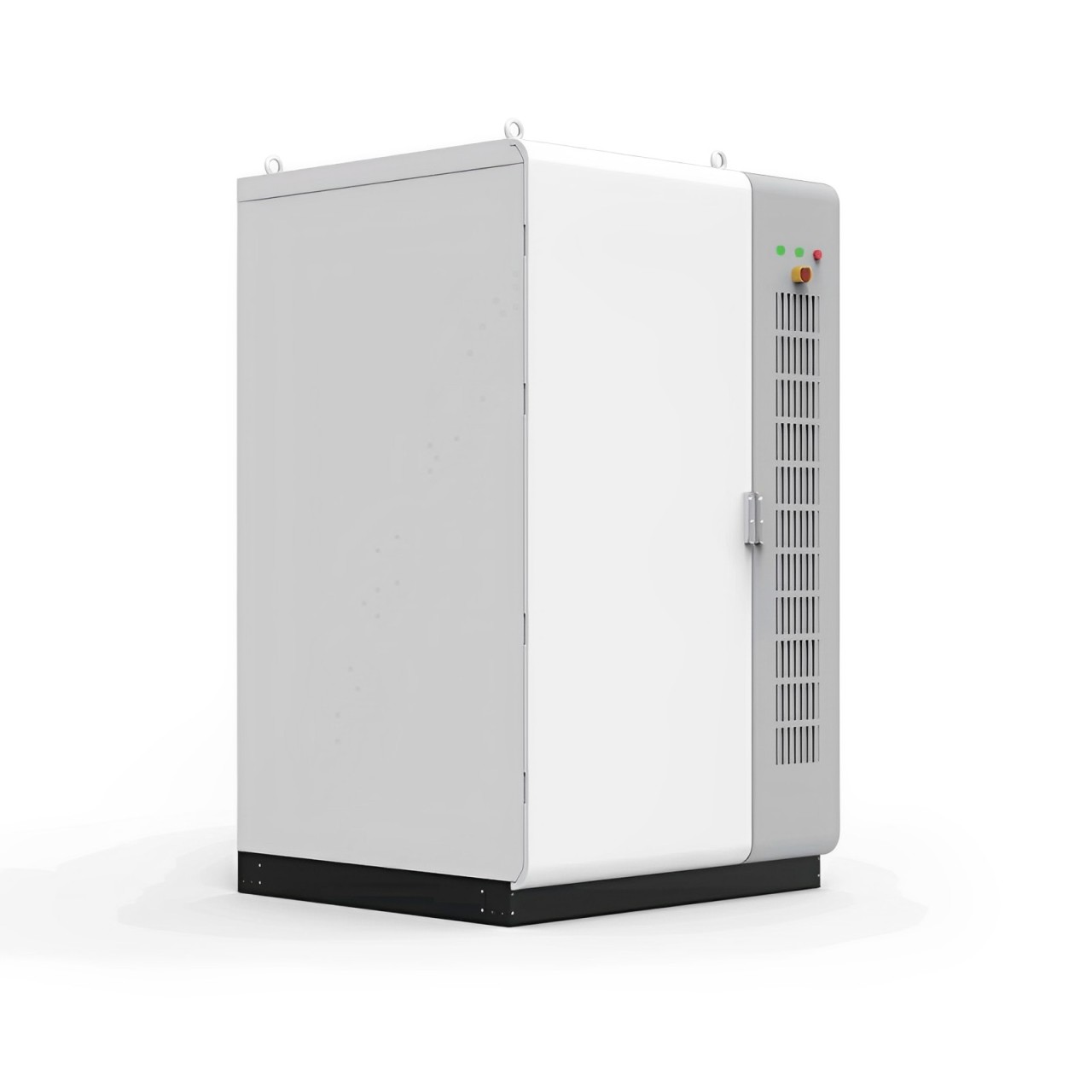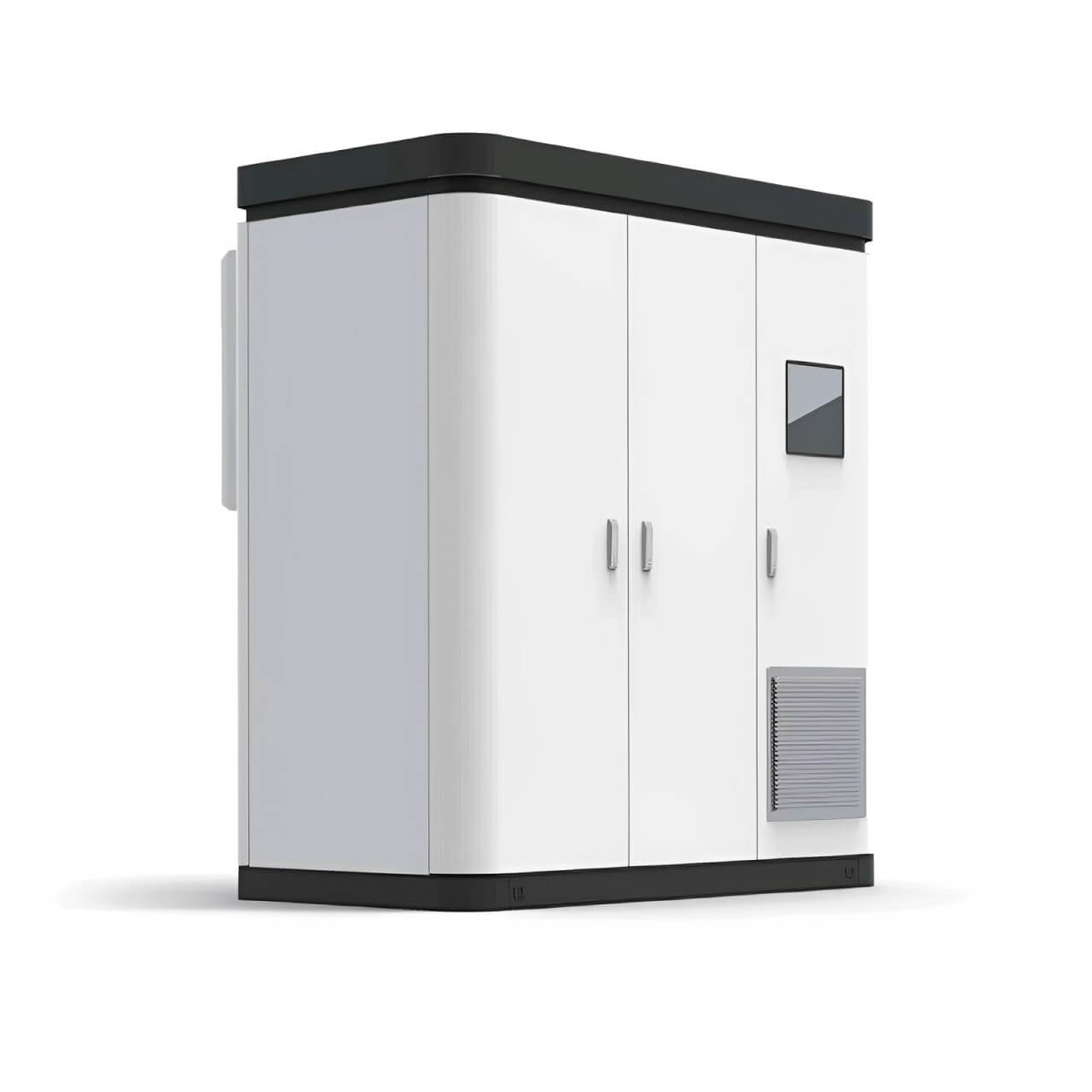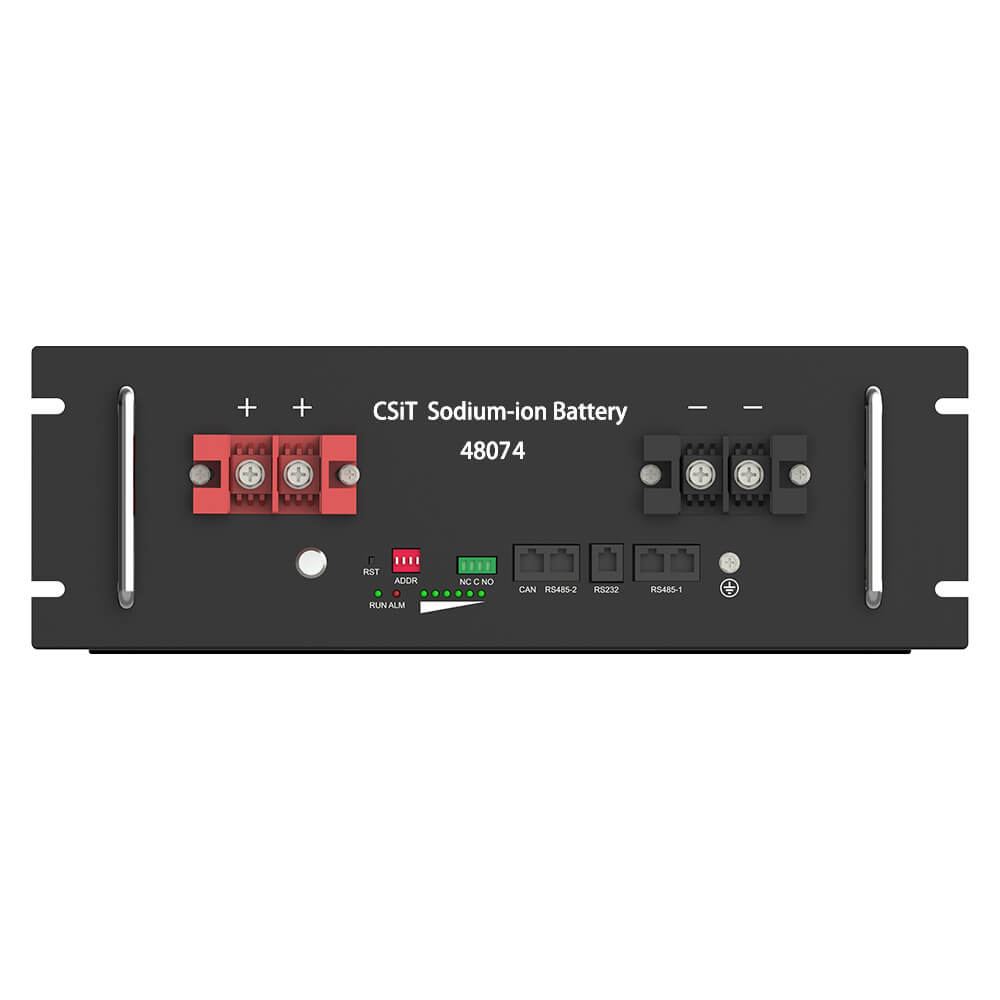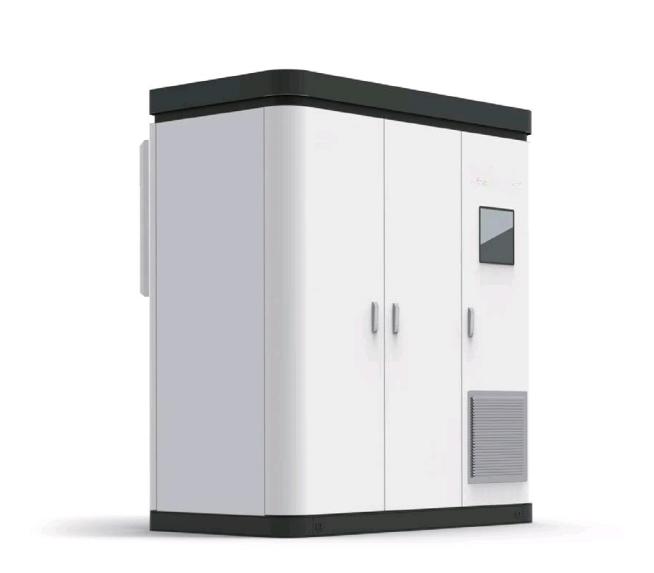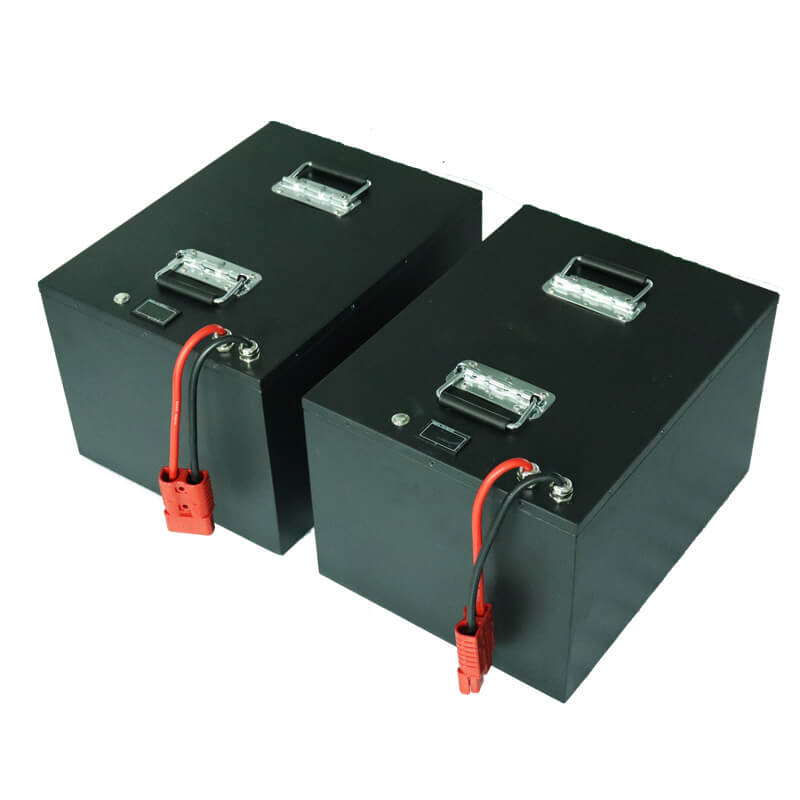Photovoltaic companies are marching into the Middle East in groups to win a big order from Saudi Arabia?
In 2024, the price war in the domestic photovoltaic industry will intensify, and the war will spread from silicon materials, components, and battery cells in the middle and upper reaches to downstream power stations. The sharp drop in the price of lithium carbonate has caused a chain reaction, driving the prices of downstream energy storage cells and systems to continue to fall, and the quotations of some energy storage cells have even dropped to below 0.5 yuan/Wh (excluding tax).
Starting this year, Chinese photovoltaic energy storage companies have turned to the Middle East, and their business has blossomed. Many companies have "hooked up" with Middle Eastern tycoons, especially energy storage. On July 16, many companies disclosed the results of their projects in the Middle East. JinkoSolar (stock price 7.5 yuan, market value 75 billion yuan), TCL Zhonghuan (stock price 8.73 yuan, market value 35.3 billion yuan), and Envision Group announced that they have signed agreements with Saudi sovereign fund PIF (Saudi Public Investment Fund) and other companies to invest in related projects in Saudi Arabia. Sungrow Power Supply (stock price 70.3 yuan, market value 145.7 billion yuan) successfully signed the world's largest energy storage project with Saudi Arabia ALGIHAZ, with a capacity of up to 7.8GWh.
How good is the prospect of the photovoltaic storage market in the Middle East? Can gold mining in the Middle East effectively alleviate the cost pressure brought by the price war in the domestic photovoltaic industry?
Lv Jinbiao, joint secretary-general of the SEMI China Photovoltaic Standards Committee, told reporters that China's advanced manufacturing industry has joined hands with Middle Eastern sovereign funds to greatly reduce the political risks of going overseas. In addition, there is also an opportunity to make up for the absence of the US market through the Middle East. Chinese companies should still play their professional advantages and cooperate for mutual benefit, rather than being as "competitive" as in China.
Chinese photovoltaic storage companies turn to the Middle East
Chinese photovoltaic giants have formed a group to mine gold in the Middle East. Judging from the scale and amount of investment and construction projects, this year's layout in the Middle East is the strongest in history.
On July 16, a number of photovoltaic companies officially announced that they had reached cooperation with the Saudi Public Investment Fund (PIF). Among them, JinkoSolar will establish a joint venture in Saudi Arabia to build a 10GW high-efficiency battery and component project with a total investment of approximately US$985 million. The company said: "The project may become the largest overseas manufacturing base for China's photovoltaic cell and component industry, and it is also JinkoSolar's largest overseas investment project to date." It is understood that in 2023, JinkoSolar's market share in the Middle East will exceed 50%, of which more than 70% in Saudi Arabia.
TCL Zhonghuan will establish a joint venture in Saudi Arabia to build a 20GW photovoltaic crystal wafer factory with an annual output, and the total investment is expected to be about US$2.08 billion. After landing, it will become the first photovoltaic crystal wafer project in Saudi Arabia and the largest crystal wafer factory overseas.
Envision Technology Group will establish a wind power equipment joint venture in Saudi Arabia to carry out localized production and manufacturing of wind turbines and key components. "The joint venture will help Saudi Arabia's wind power value chain achieve the goal of 75% localized production by 2030, and help the clean energy transformation in the Middle East." The company said.
The inverter leader Sungrow also announced on the same day that it had signed a storage project with Saudi Arabia's ALGIHAZ, with a capacity of 7.8GWh, and the project will be delivered next year. You know, in 2023, Sungrow's global shipments of energy storage systems will only be 10.5GWh. In terms of energy storage system shipments, Sungrow has been ranked first among Chinese companies for eight consecutive years.
In addition, in early July this year, Zhu Gongshan, chairman of GCL Group, met with the Minister of Investment of the United Arab Emirates to discuss the establishment of an overseas industrial base for FBR granular silicon in the United Arab Emirates. In mid-June, Junda Shares (stock price of 36.64 yuan, market value of 8.4 billion yuan) announced that it would invest 700 million US dollars in Oman to build a 10GW high-efficiency photovoltaic cell project.
For a time, photovoltaic companies in the cold winter were hotly discussed in the market. Influenced by this good news, the A-share photovoltaic sector opened high on July 17, JinkoSolar once rose 6%, TCL Zhonghuan and CITIC Bo rose more than 4% during the session.
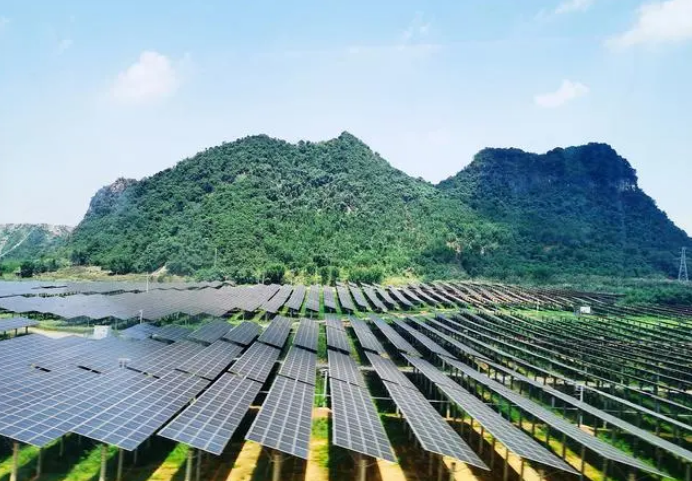
The Middle East market has become a new highland for going overseas
The Middle East region, which usually includes parts of West Asia and North Africa, is famous for its abundant oil production. Geographically, the Middle East has vast deserts and plateaus, and most of the areas have tropical desert climates with sufficient sunlight throughout the year. Saudi Arabia is one of the largest economies in the Middle East and the world's largest oil exporter. In recent years, it has been seeking to optimize its energy structure.
The direct reason why Chinese photovoltaic companies are moving to the Middle East market may be related to Saudi Arabia's "Vision 2030". PIF is one of the most influential sovereign funds in the world. It has undertaken the mission of helping Saudi Arabia's renewable energy transformation and realizing Saudi Arabia's "Vision 2030" and is committed to developing renewable energy such as wind power, photovoltaics, hydrogen energy, and energy storage.
Saudi Arabia's "Vision 2030" proposes that by 2023, Saudi Arabia will achieve 58.7GW of renewable energy power generation capacity, including 40GW of photovoltaic power generation. By 2030, 50% of energy efficiency consumption will come from renewable energy.
According to Infolink Consulting, in 2023, the demand for photovoltaics in the Middle East will be about 20.5GW~23.6GW, and the demand for photovoltaics in the market led by Turkey, Saudi Arabia, and the UAE will increase significantly. In addition, in order to increase the proportion of new energy structure and maintain the stability of the power grid, under the supervision of the Saudi Ministry of Energy, Saudi Arabia has formulated a 24GWh BESS (battery energy storage) project plan from 2024 to 2025.
In addition, the move to the Middle East is also related to the local policy friendliness. A staff member of TCL Zhonghuan's Secretary Office told reporters: "Saudi Arabia (project) is mainly aimed at overseas markets, mainly to avoid geopolitical issues." In May this year, the United States officially launched a new round of anti-dumping and countervailing investigations on photovoltaic products in four Southeast Asian countries. Relevant companies are facing overseas trade policy risks, which has affected their market layout in Southeast Asia.
When asked why they chose Saudi Arabia, Qian Jing, vice president of JinkoSolar, said: "First of all, Saudi Arabia is located in the heart of the Middle East and is also a hub connecting Europe and Africa. Building a base here has convenient transportation and wide coverage. Saudi Arabia is very friendly to new energy investment. In order to attract leading new energy companies like JinkoSolar to settle in, a series of incentives have been introduced. Saudi employees' skills and work attitudes are advantageous in the Middle East. Saudi Arabia itself has huge potential in the new energy market, and the government is determined to transform its energy sector."
Lv Jinbiao told reporters: "China's advanced manufacturing industry has joined forces with the Middle East sovereign fund to deeply participate in the new energy transformation in the Middle East, which has greatly reduced the political risks of going overseas. In addition, there is also an opportunity to make up for the absence of the US market through the Middle East. Of course, the relocation of photovoltaic manufacturing should include the collaboration of the entire industrial chain. Equipment, spare parts, and auxiliary materials can be supported by trade first, while the main industrial chain still needs to be implemented in groups. Chinese companies should still play their professional advantages and cooperate for win-win results, rather than being so "competitive" at home."
In fact, Chinese photovoltaic storage companies have not noticed the huge potential of the Middle East market until this year. Li Xiande, chairman of JinkoSolar, previously revealed that the company has entered the Middle East market since 2011 and has now covered most of the Middle East countries and has a 45% market share in the Middle East. Sungrow Power Supply entered the Middle East market in 2017. In its 2023 annual report, TCL Zhonghuan included the Middle East in the industrial layout area of key countries or regions around the world and carried out project implementation research.
Can it break the domestic price war dilemma?
Can the rapid growth of demand in the Middle East market effectively alleviate the domestic price war dilemma?
At present, the supply of the photovoltaic main chain is facing oversupply, and the profitability of the manufacturing end is under pressure. The price of silicon materials has bottomed out, the overcapacity of silicon wafers has become prominent, and the N-type has accelerated penetration, and the profit margin of the overall main industry chain has been squeezed to the extreme. On the one hand, companies are facing a cash flow crisis; on the other hand, shutting down production lines and reducing the operating rate have become the mainstream, and the "survivors" of photovoltaics are king.
A staff member of the Secretary's Office of TCL Zhonghuan Company told reporters: "(After the completion of the Saudi Arabia project) Saudi Arabia, Europe and the United States are our target markets. The profit expectations are definitely higher than those in China. However, we must also consider that the cost of building a factory overseas will also be higher than that in China. It needs to be decided based on the price of silicon wafers, order status, and supply chain at the time. Silicon material procurement is still uncertain, but there is a high probability that overseas silicon materials will be used. Whether it is Saudi Arabian or European silicon materials is still uncertain." The reporter learned that about 98% of the world's monocrystalline silicon production capacity is in China, and TCL Zhonghuan's overall silicon wafer market share in 2023 will reach 23.4%. Qian Jing revealed that JinkoSolar's product technology route and selection after production in Saudi Arabia will be the most advanced new generation TOPCon technology in the industry. The efficiency of the first batch of batteries to be put off the line will reach more than 27%, and the yield target is 99%. Regarding whether JinkoSolar will set up energy storage projects in the Middle East in the future, the reporter called JinkoSolar's Secretary's Office and learned that energy storage is a related business that the company is cultivating, and the overall revenue accounts for a small proportion. What impact will photovoltaic companies competing in the Middle East have on the industry's competitive landscape? Lv Jinbiao told reporters: "Domestic high-quality production capacity is homogenized, and the total production capacity of leading enterprises has exceeded global demand. In the current situation of continuous cash flow loss, only if leading enterprises take the lead in shutting down bases with relatively high production costs, reducing production load and reducing losses, can prices return to value. If cash flow continues to bleed, any beautiful overseas investment plan is just talk."
(China Sodium Times (Shenzhen) New Energy Technology Co., Ltd. (CSIT) is a high-tech enterprise integrating the research and development, production and sales of sodium-ion battery cells, battery packs and energy storage batteries. It covers a total area of 66,000 square meters and produces 2.5Gwh battery cells and 5Gwh battery packs and energy storage products annually. For more information about photovoltaic modules and solar panels or any questions, please send an email to sales01.csit@gmail.com.

 简体中文
简体中文 Russian
Russian French
French German
German Japanese
Japanese Korean
Korean Arabic
Arabic Spanish
Spanish